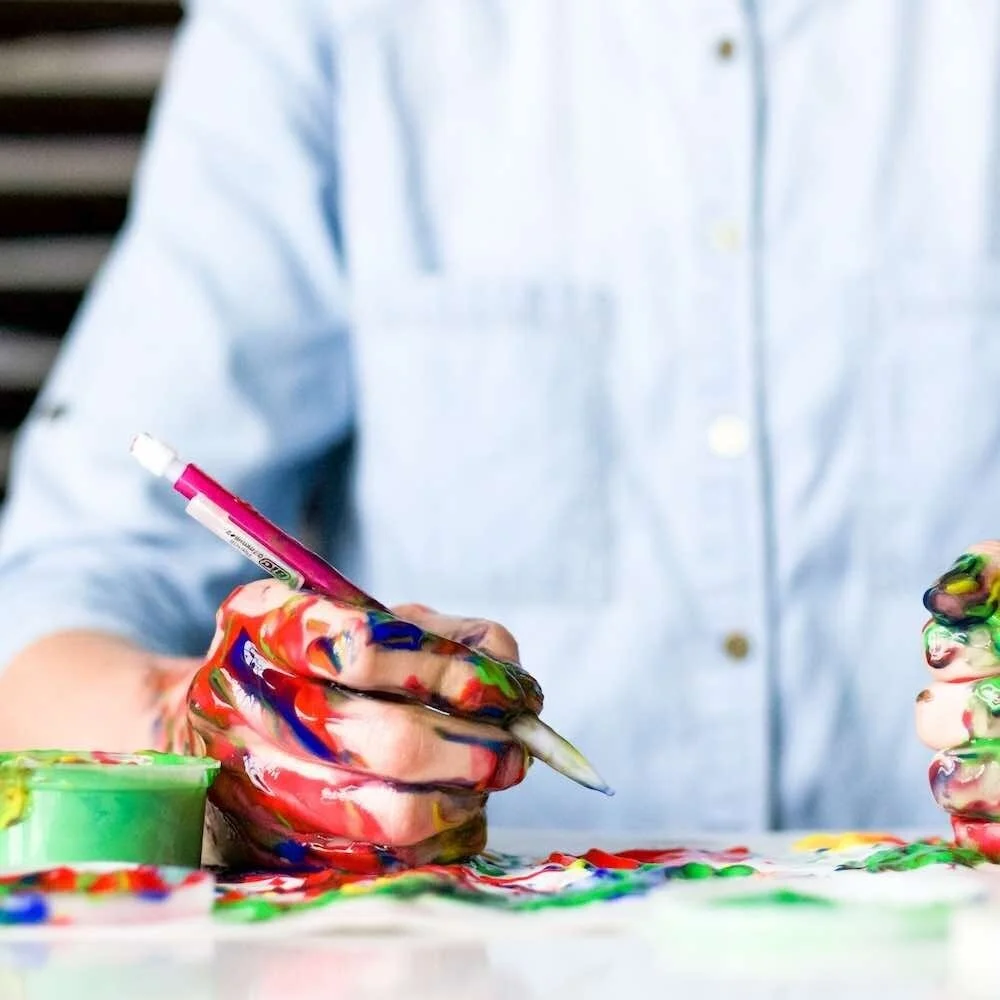Why your fourth-grade art project might be stalling your organization's innovation
Several years ago, I moved into a new place in Washington, DC. As soon as all of my furniture was arranged, I moved into full-blown decoration mode. I envisioned a simple and elegant apartment and decided to add a few personal touches by creating a handmade art piece. After a whirlwind trip to the craft store, I unleashed my creative genius and a couple of hours later, my “masterpiece” was done.
What I had designed in my mind to be this chic and uber-sophisticated piece was in actuality a hot mess.
I called a friend to get a second opinion. After all, perhaps I was just being too hard on myself. Within a few moments of looking at it and making her assessment, she looked at me and said something to the effect of this, “That’s a 4th-grade art project. Why don’t you ask your niece to make something? It’ll be way better than that.” So, there was a second opinion. I was seeing the piece for what it was — a complete train wreck. To add salt to the wound, my ten-year-old niece was in fourth grade and absolutely could have done a much better job than me. Ouch.
This is a perfect example of having a negative experience around daring to be creative.
I put myself out there, took a risk and tried something new. My creative project didn’t turn out the way I wanted, which was okay, but it was the act of receiving criticism that threatened to shut down my own creativity.
I’m sure most people reading this story can relate to this.
What does this have to do with innovation in the workplace?
I’ll explain.
World-renowned researcher-storyteller Brené Brown has explained that very successful, Fortune 500 companies are calling her in as a consultant because they’re experiencing “a creativity crisis.” Huge companies who have a big impact in our world are secretly stalling out in innovation and not able to deliver new products and services, which affects company morale, internal job happiness and, ultimately, their bottom line.
And Brown ties it back to what she believes is the root of the creativity crisis: the emotions of shame and vulnerability. Now you might ask yourself: what do creativity and shame/vulnerability have to do with each other?
When we are creative, we are opening ourselves up and making something that has never existed before. That can feel vulnerable because, when we create something new, people may react to it negatively or positively. We don’t have other models to look to in order to create something “acceptable” because what we’re producing is brand new. Therefore we feel vulnerable.
And this can mean we hold back from innovating because we’re afraid of “messing up.” This is precisely how a company’s culture (and bottom line) can be affected negatively. So many people avoid the “pain” of feeling vulnerable by circumventing it completely, which absolutely impacts a company’s ability to innovate.
While growing up, many people learned to open up and create something new, but they also experienced criticism and shaming that shut them down. According to Brown’s research, instead of just taking that criticism as constructive feedback for learning (which is normal), we take it many steps farther. We go from “Oh, I made a mistake. No problem, I’ll try again” to “I AM a mistake and I should never do this because I am really bad at it.”
Brown, who's been studying shame, vulnerability, courage, and empathy for the past twenty years, explains that shame is: “I AM a mistake.” With hundreds in the audience nodding at these statements, I’m sure some of you reading this might be able to relate.
So, I’ll ask you this: have you had an idea lately that you wanted to show someone at work, or had the desire to share a creative win that you had, but held back for fear of it not being received well? How can we overcome this and step into feeling confident and excited to add more creativity to our day-to-day tasks and job roles? What do you do?
I’ll dive into this later.
Want Your Creativity to Thrive?
Let’s discuss ways you can bring more creativity and innovation to your organization.


